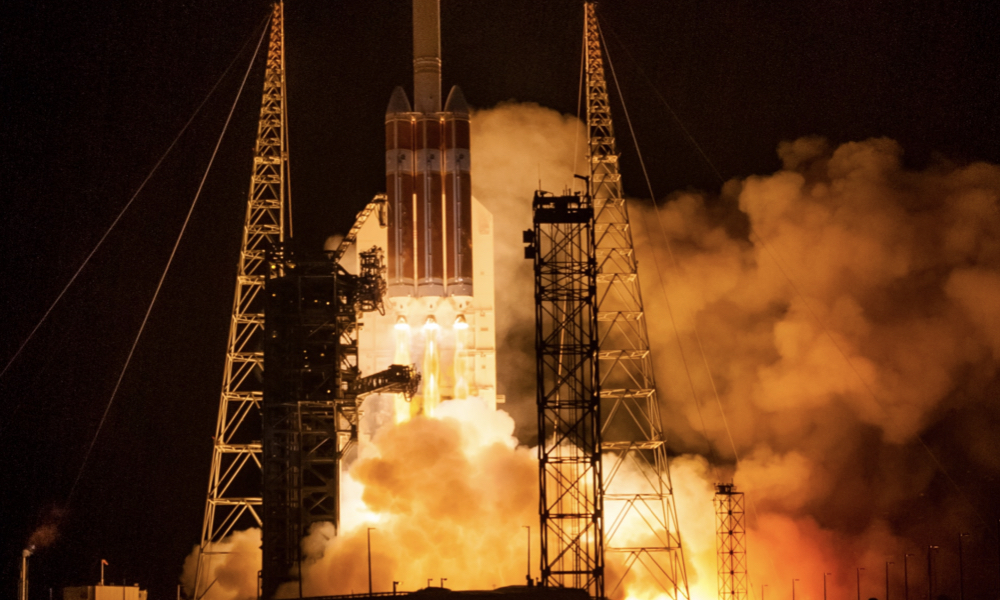
ESA Open Invitation To Tender AO8923
Open Date: 09/05/2017
Closing Date: 22/08/2017 13:00:00
Status: ISSUED
Reference Nr.: 17.1TT.12
Prog. Ref.: CC for Advanced Tech
Budget Ref.: E/0505-01C – CC for Advanced Tech
Special Prov.: BE+DK+FR+DE+IT+NL+ES+SE+CH+GB+IE+AT+NO+FI+PT+GR+LU+CZ+RO+CA
Tender Type: C
Price Range: 200-500 KEURO
Products: Satellites & Probes / AOCS & GNC / AOCS & GNC Eng. SW / SW for AOCS&GNC design, analysis, simulation, etc.
Techology Domains: Spacecraft Environments and Effects / Space Environment / Inflight Monitoring
Establishment: ESTEC
Directorate: Directorate Telecom & Integrated Applica
Department: Telecom Technologies,Product&Systems Dep
Division: Technologies and Product Division
Contract Officer: Melliger, Erich
Industrial Policy Measure: N/A – Not apply
Last Update Date: 09/05/2017
Update Reason: Tender issue
Objective:The objective of this activity is to develop and test an engineering model of a monitor for measuring electrostatic discharge transients on spacecraft. Such a device will allow to gather information on the number and characteristics of electrostatic discharge transients in order to better match the electrostatic discharge design and verification methods to the needs and to providevital information for anomaly diagnosis, resolution and prevention.Targeted Improvements:Better match between the electrostatic discharge design and the actual needs.Simplify design where surface/internal electrostatic discharge prevention are found over-engineered.Identify dangerous frequency of electrostatic discharges with potential to cause service interruptions.Description:Satellite operators are regularly faced with operational and service disruptions on their satellites that are associated with disturbed charging environments and that they conclude are caused by electrostatic charging. The link between environment-induced electrical charging in spacecraft and upsets and damage to electrical circuits is strong but circumstantial. It is assumed that charging leads to electrostatic discharge (ESD) and this causes electrical transients in circuits. However, these transients have never been directly monitored on European spacecraft and their timing and characteristics cannot be adequately derived from modelling. The detection of electrical transients in cabling and radiated interference resulting from ESDs would have great benefits in anomaly diagnosis, improvement of ESD testing and modelling, and consequently the development of more robust spacecraft. Satellite operators have been very supportive of such an in-flight monitor of electrical transients being made available for an operational spacecraft.The conversion of established ground-based technologies into spacecraft equipment is required. In laboratories, commercial pulse-height analysers and multichannel analysers are available to perform similar tasks and pulse-height analysers on single chips have been developed. Anengineering model of the spacecraft ESD monitor shall be designed, developed and manufactured. The ESD monitor shall identify and characterise electrical discharge transients occurring in flight. It will enable operators to establish the link between certain anomalies and the supposed immediate cause – electrostatic discharge – and further provide crucial information on discharge frequency, discharge waveform and magnitude.
If you wish to access the documents related to the Invitation to Tender, you have to log in to the ESA Portal.
